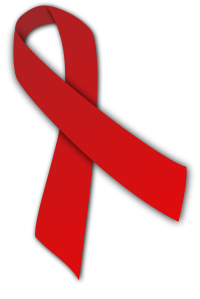
Photo from wikipedia
INTRODUCTION In 2013, the passage of the HOPE act allowed HIVpositive recipients to receive organs from HIVpositive donors under the auspices of research studies. This historic act, meant to increase… Click to show full abstract
INTRODUCTION In 2013, the passage of the HOPE act allowed HIVpositive recipients to receive organs from HIVpositive donors under the auspices of research studies. This historic act, meant to increase the availability of donor organs to people living with HIV (PLWH), was a significant acknowledgement that, due to combination antiretroviral therapy (ART), HIV is no longer a lifelimiting disease. Rather, PLWH are living near normal lifespans and developing other diseases of ageing such as coronary artery disease or heart failure (HF). Furthermore, PLWH develop cardiovascular disease more frequently and at younger ages due to a complex interplay of socioeconomic and diseasespecific risk factors. The increased prevalence of endstage heart disease within this vulnerable group makes equitable access to advanced heart therapies a matter of clinical urgency. This paper will focus on the role of cardiac transplantation for PLWH, with special emphasis on the global context.
Journal Title: Heart
Year Published: 2022
Link to full text (if available)
Share on Social Media: Sign Up to like & get
recommendations!